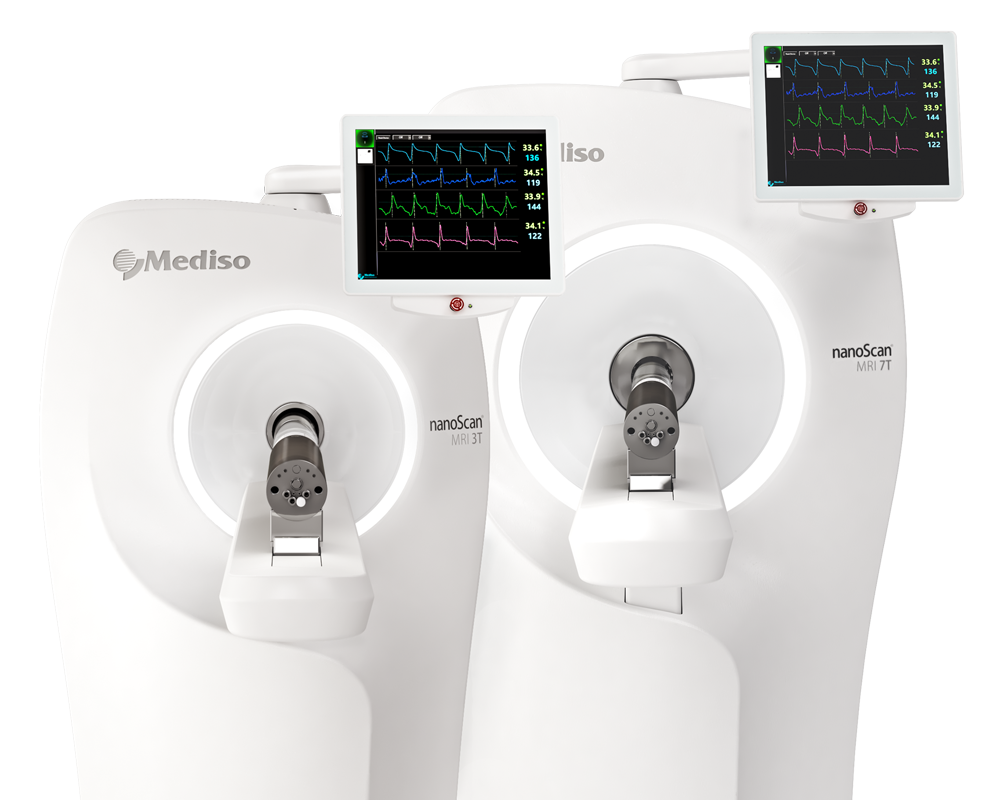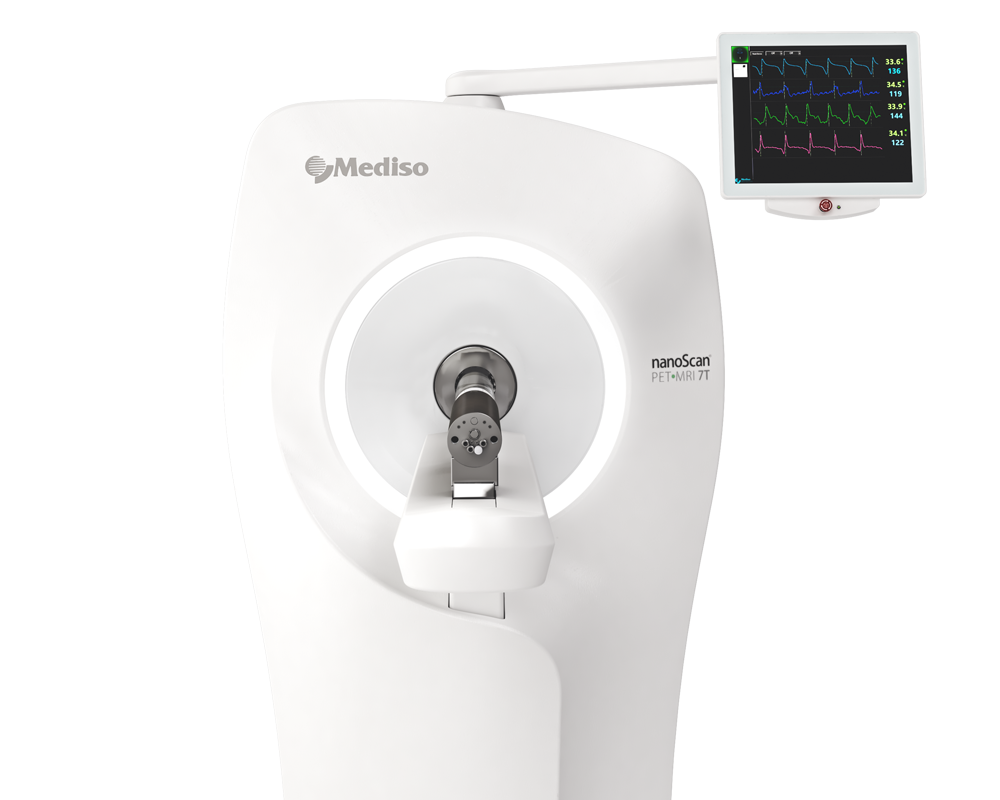Early intervention anti-Aβ immunotherapy attenuates microglial activation without inducing exhaustion at residual plaques
2025.08.20.
Lis de Weerd et al., Molecular Neurodegeneration, 2025
Abstract
Anti-amyloid β-peptide (Aβ) immunotherapy was developed to reduce amyloid plaque pathology and slow cognitive decline during progression of Alzheimer’s disease. Efficient amyloid clearance has been proven in clinical trials testing anti-Aβ antibodies, by their impact on cognitive endpoints correlating with the extent of amyloid removal. However, treatment is associated with adverse side effects, such as oedema and haemorrhages, which are potentially linked to the induced immune response. To improve the safety profile of these molecules, it is imperative to understand the consequences of anti-Aβ antibody treatment on immune cell function. Here, we investigated the effects of long-term chronic anti-Aβ treatment on amyloid plaque pathology and microglial response in the APP-SAA triple knock-in mouse model with an intervention paradigm early during amyloidogenesis. Long-term treatment with anti-Aβ results in a robust and dose-dependent lowering of amyloid plaque pathology, with a higher efficiency for reducing diffuse over dense-core plaque deposition. Analysis of the CSF proteome indicates a reduction of markers for neurodegeneration including Tau and α-Synuclein, as well as immune-cell-related proteins. Bulk RNA-seq revealed a dose-dependent attenuation of disease-associated microglial (DAM) and glycolytic gene expression, which is supported by a parallel decrease of glucose uptake and protein levels of Triggering Receptor Expressed on Myeloid cells 2 (Trem2) protein, a major immune receptor involved in DAM activation of microglia. In contrast, DAM activation around residual plaques remains high, regardless of treatment dose. In addition, microglia surrounding residual plaques display a dose-dependent increase in microglial clustering and a selective increase in antigen-presenting and immune signalling proteins. These findings demonstrate that chronic early intervention by an anti-amyloid immunotherapy leads to a dose-dependent decrease in plaque formation, which is associated with lower brain-wide microglial DAM activation and neurodegeneration. Microglia at residual plaques still display a combined DAM and antigen-presenting phenotype that suggests a continued treatment response.
Results from nanoScan® PET/MRI 3T
The PET/MRI experiments were performed using a 3T Mediso nanoScan PET/MR scanner equipped with a triple-mouse imaging chamber. Mice were imaged at approximately 8.1 months of age for florbetaben ([18F]-FBB) PET scans (n = 32) and 8.5 months of age for fluorodeoxyglucose ([18F]-FDG) PET scans (n = 35), with at least eight mice included in each experimental group. For tracer administration, mice received 13.1 ± 2.1 MBq of [18F]-FBB or 19.1 ± 1.5 MBq of [18F]-FDG, each injected in 200 µL of saline via a venous route. Two high-resolution anatomical T1-weighted MRI scans, one sagittal and one axial, each lasting two minutes, were acquired to provide structural reference and attenuation correction. The PET acquisition protocol included a dynamic 0–60 minute scan for [18F]-FBB with multiple frame intervals, while [18F]-FDG imaging was performed as a static acquisition from 30 to 60 minutes post-injection. Image reconstruction was carried out using the Tera-Tomo 3D iterative algorithm with corrections for decay, scatter, random events, and attenuation, yielding images with an isotropic voxel size of 0.3 mm.
See schematic of the study design on Fig. 1A
Fig. 1A.: Schematic of the study design and collected materials of anti-Aβ or isotype (4D5) antibody treatment cohorts.
Application of imaging results:
- Dynamic acquisitions were used for FBB-PET to measure fibrillar amyloid deposition. Volume of distribution (V_T) images were generated using an image-derived input function—logan analysis via PMOD software; VOI placed in the left ventricle as input reference, ≤ 10 % error threshold, zero lower limit for V_T modelling. Amyloid burden in cortical VOIs (40.9 mm³) was evaluated. Results visualized on Fig. 1B.

Fig. 1B.: Axial and coronal FBB-PET distribution volume (VT), and coronal FBB-PET (percent change from isotype) per group projected upon a standard magnetic resonance imaging (MRI) T1 atlas.
- Static acquisitions were used for FDG-PET to assess glucose metabolism, serving as an indicator of neuronal activity and brain metabolic status. Standardized Uptake Values (SUV) were calculated as a measure of glucose metabolism, extracted from bilateral entorhinal cortex VOIs (13.0 mm³) using atlas-based delineation. Results visualized on Fig. 4A and B.

Fig 4: (A) Axial and coronal FDG-PET (standardised uptake value (SUV)), and coronal FDG-PET (% change from isotype) per group projected upon a standard magnetic resonance imaging (MRI) T1 atlas. (B) Quantification of FDG-PET. One-way ANOVA with Tukey’s post hoc test
Summary of the results
- The authors emphasize that initiating chronic anti-Aβ immunotherapy early during amyloidogenesis causes a dose-dependent reduction in amyloid plaque burden, with greater efficacy in clearing diffuse plaques compared to dense-core plaques.
- This reduction in amyloid deposition is mirrored by decreases in markers of neurodegeneration—including Tau and α-synuclein—in cerebrospinal fluid (CSF), indicating a broader therapeutic benefit on neuronal integrity.
- On the transcriptomic level, bulk RNA sequencing reveals a dose-dependent attenuation of disease-associated microglial (DAM) signatures and glycolytic gene expression, along with reduced Trem2 protein levels, suggesting a global dampening of microglial activation and metabolic activity.
- In contrast, microglia located at residual plaques (those that remain despite treatment) continue to exhibit strong DAM activation, including increased clustering, and show upregulation of antigen-presenting and immune-signalling proteins such as MHC-II and Galectin-3. This suggests that although global microglial activation is reduced, microglia at plaques remain highly reactive.
Overall, the findings of the article suggest that early and sustained anti-Aβ immunotherapy not only effectively reduces pathological amyloid and related neurodegeneration markers but also modulates microglial responses, lowering widespread activation while preserving plaque-associated, potentially beneficial immune functionality.
Full article on molecularneurodegeneration.biomedcentral.com
How can we help you?
Don't hesitate to contact us for technical information or to find out more about our products and services.
Get in touch

